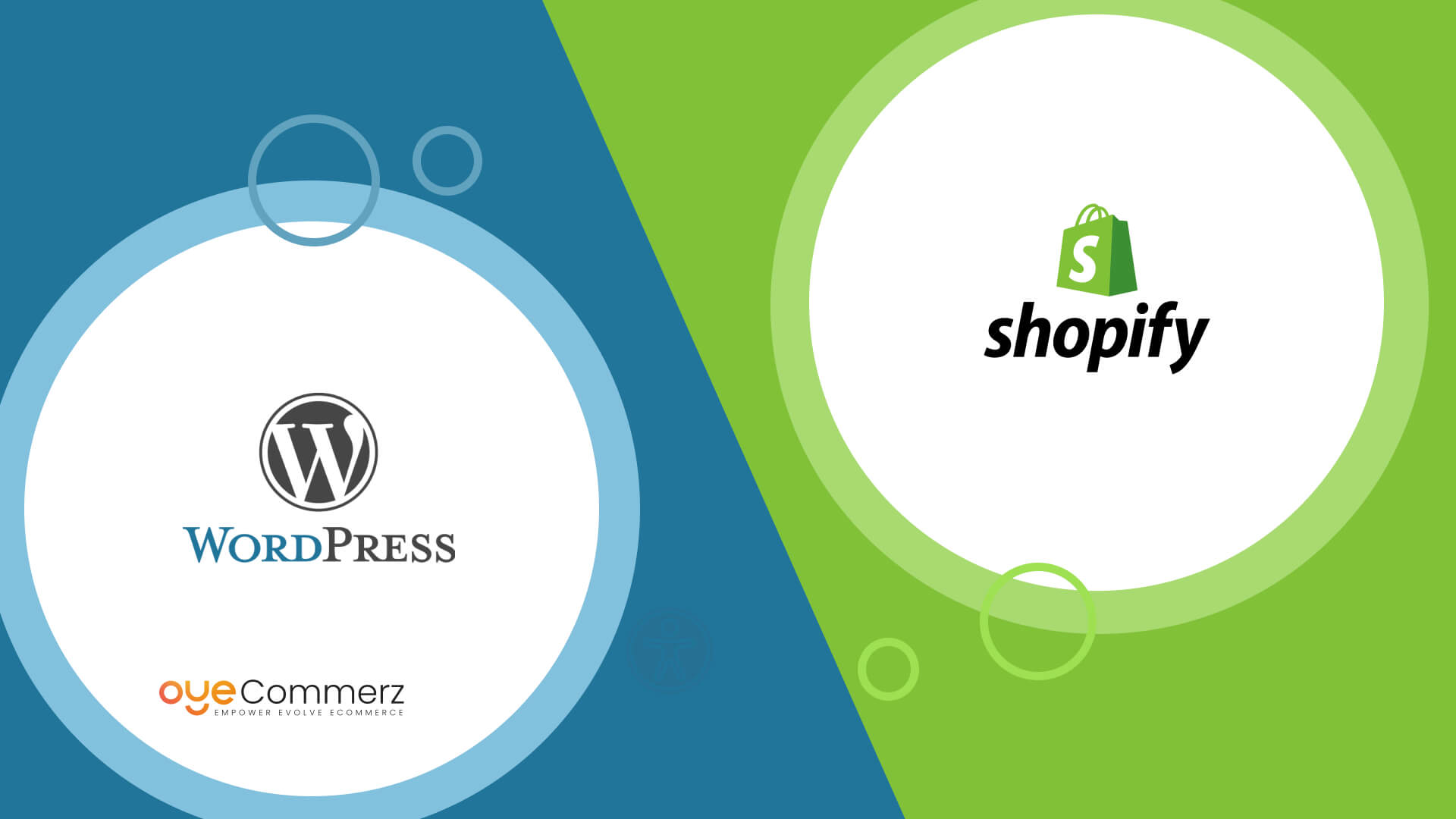Effortless Transition from WordPress to Shopify: A Comprehensive Roadmap for E-commerce Growth
Effortless Transition from WordPress to Shopify: A Comprehensive Roadmap for E-commerce Growth
Blog Article
Transitioning from WP to Shopify is an promising step toward optimizing your e-commerce operations. As companies grow, selecting a solution that supports scalability, UX, and customization is essential. Shopify is widely recognized as a preferred choice for e-commerce professionals, providing unmatched flexibility, data protection, and user-friendliness. In this guide, we’ll explore why this migration is a game-changer, highlight the advantages, and provide practical tips to facilitate a seamless move.
1. Top Reasons to Transition from WP to Shopify
WordPress, paired with WooCommerce, has served countless e-commerce platforms. However, as businesses scale, issues like plugin dependency, security vulnerabilities, and technical complexities can hinder growth. Shopify, designed explicitly for digital retail, eliminates these issues with an comprehensive, user-friendly platform. Statistics supports this transition—Shopify powers over 4.4 million stores globally, with a reported 10% increase in sales performance for many businesses post-switch.
2. Key Benefits of Shopify for E-commerce Success
Shopify’s robust ecosystem caters for expanding brands. Its standout features include:
- Effortless Design Flexibility: Shopify offers over 80 expertly crafted themes.
- Integrated Tools: Features like Shopify Payments and integrated SEO streamline operations.
- Global Reach: Currency versatility and regional customization empower businesses to reach global markets.
Additionally, Shopify delivers an uptime rate of 99.98%, ensuring your store is always operational.
3. Preparing for WordPress to Shopify Migration
Before migrating, assess your current store. Review product data, customer details, and SEO performance. Resources such as Shopify’s Migration Kit or third-party solutions help ease the transition. Develop a detailed strategy, making sure all assets—product descriptions, images, and blog content—are ready for seamless import.
4. The Importance of Accurate Data Migration
Transferring your data forms the foundation for a smooth transition. When migrating from WP to Shopify, prioritize:
- Product Information: SKU, descriptions, and groupings.
- Client Information: Emails, purchase records, and custom fields.
- SEO Optimization: Retain meta tags, URLs, and forwarding paths to avoid SEO losses.
Leverage apps like LitExtension to streamline data transfer while minimizing errors.
5. Tailoring Your Shopify Store to Fit Your Brand
After the move, personalizing your Shopify store helps it aligns with your brand. Take advantage of Shopify’s drag-and-drop editor to design pages effortlessly. Shopify's themes are optimized for all devices, ensuring a seamless user experience across platforms—a critical factor, since 74% of e-commerce traffic is generated by mobile visitors.
6. Maintaining SEO During Migration
Search engine optimization is crucial for preserving your visibility during migration. Shopify is highly optimized for search engines with organized link formatting, built-in optimization tools, and smooth content management. Ensure:
- Set up URL forwarding for existing links. WordPress to Shopify migration
- Enhance updated content with targeted phrases.
- Leverage plugins like Plug in SEO to track analytics post-migration.
7. Essential Tests After Migrating to Shopify
Once the migration is complete, conduct thorough testing.
Check: - Page load times (Shopify delivers faster speeds compared to WP).
- Functionality of payment gateways and transaction flow.
- Mobile responsiveness.
Testing guarantees your store delivers a seamless Shopify migration experts shopping experience from day one.
8. Real-Life Success Story
An example of effective platform switching is Gymshark, a sportswear company that transitioned to Shopify. After the switch, the company saw a 60% boost in mobile sales and reduced site downtime. This showcases the capabilities of Shopify in driving online business success.
9. Overcoming Common Migration Issues
Migration comes with challenges, such as data integrity and reconfiguring custom functionalities. However, Shopify’s robust support and third-party experts make overcoming these hurdles manageable. Partnering with qualified Shopify developers helps guarantee a trouble-free transition.
10. Starting Your Journey with Shopify
Switching from WordPress to Shopify marks a forward-thinking approach to online retail. By addressing scalability, simplifying management, and improving buyer satisfaction, Shopify enables companies to thrive in competitive markets.
Conclusion
Switching from WordPress to Shopify offers a smart solution that can greatly enhance your online business performance. With a well-structured strategy, the right tools, and professional guidance, you can unlock new growth opportunities.
Excited to start the journey? Reach out today to learn how our Shopify migration services can transform your e-commerce platform. Contact us now, or consider: Is it time to seize Shopify’s advantages for your store?
 Report this page
Report this page